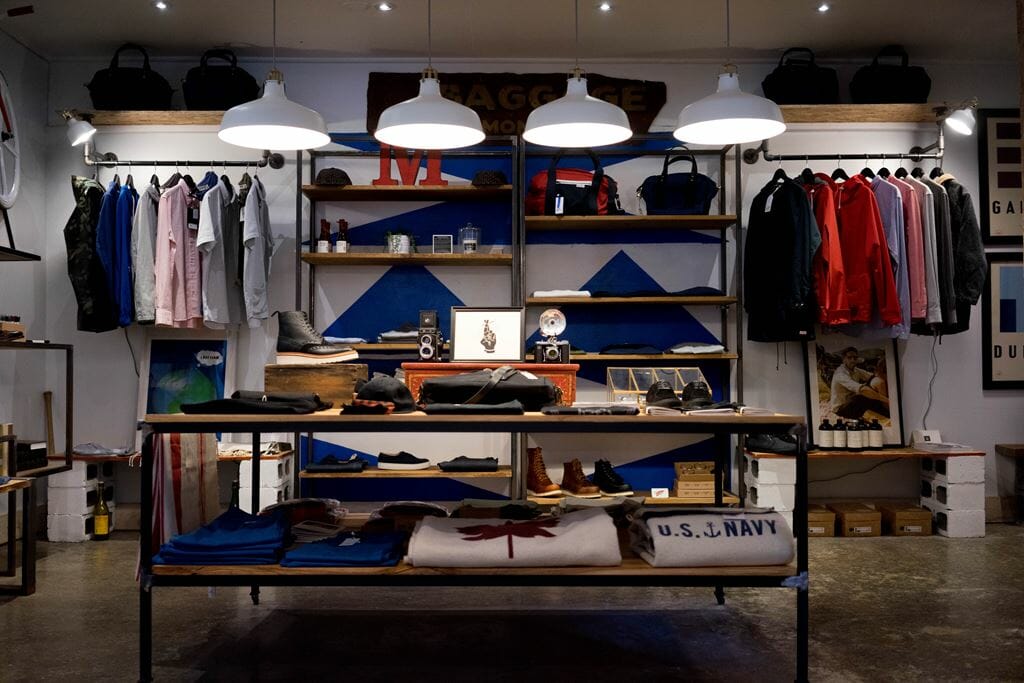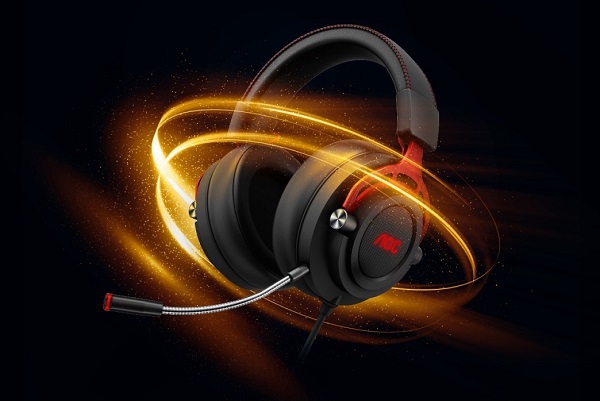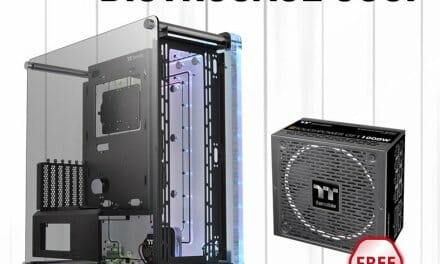New technologies can help stores improve their sales and customer experience. Technologies such as facial recognition augmented reality, and interactive displays can help stores track customer behavior, provide personalized recommendations, and create a more engaging shopping experience. By adopting these new technologies, stores can stay competitive in the digital age and improve their bottom line.
Point of Sale Systems
One of the most important technologies for stores is a point of sale (POS) system. A POS system can track inventory, manage customer data, and process payments. POS systems can also provide insights into customer behavior and help store employees provide better customer service. Stores can use a combination of POS software and hardware for the best results. There are many different types of POS systems available, and the best system for a store depends on its size, products, and needs. Smaller stores may be able to get by with a basic POS system that includes features such as inventory management and payment processing.
Larger stores may need a more sophisticated system that includes features such as customer loyalty programs and analytics. Store owners should work with a POS provider to find the best system for their business. They should also make sure to train their employees on how to use the POS system so they can take full advantage of its features.
Facial Recognition
Facial recognition is a new technology that is being used in stores to improve customer service and sales. Facial recognition can be used to track customer behavior, identify VIP customers, and provide personalized recommendations. Stores can also use facial recognition to create a more secure environment by deterring theft and identifying shoplifters. The technology is still in its early stages, but it has great potential for improving the customer experience in stores.
Also, because facial recognition can be used to track customer behavior, it can help store owners understand what products are selling well and which ones are not.
Augmented Reality
Augmented reality (AR) is another new technology that is beginning to be used in stores. AR can be used to provide customers with more information about products, create interactive displays, and improve the overall shopping experience.
For example, AR can be used to show customers how a piece of furniture would look in their home or what a dress would look like on their body. Stores can also use AR to provide directions and product information in-store. The possibilities for AR are endless, and it is sure to change the way stores operate in the future.
Interactive Displays
Interactive displays are another new technology that is being used in stores to improve customer engagement. Interactive displays can be used to provide product information, give customers personalized recommendations, and allow customers to interact with products without having to touch them. This technology is becoming more common in stores as retailers seek ways to create a more immersive shopping experience.
Additionally, interactive displays can be used to collect customer data, which can be used to improve sales and marketing strategies. Also, the data collected from interactive displays can be used to create a more personalized shopping experience for customers.
Digital Signage
Digital signage is a new type of in-store advertising that uses digital displays to show product information, promotions, and other customer-centric messages. Digital signage can be used to improve customer engagement and sales. For example, digital signs can be used to provide customers with information about products, give directions in-store, or show real-time inventory levels.
Digital signage is a versatile tool that can be used in a variety of ways to improve the customer experience. Additionally, digital signage is often more cost-effective than traditional forms of in-store advertising, such as print advertisements.
Self-Checkout Kiosks
Self-checkout kiosks are another new technology that is being used in stores to improve the customer experience. Self-checkout kiosks can be used to reduce wait times, provide more self-service options, and improve customer satisfaction. Additionally, self-checkout kiosks can be used to upsell and cross-sell products.
For example, a self-checkout kiosk might suggest add-ons or alternative products based on the items a customer is buying. Stores can also use self-checkout kiosks to track data and analytics. This data can be used to improve store operations and the customer experience.
By adopting these new technologies, stores can stay competitive in the digital age and improve their bottom line. Technologies such as facial recognition augmented reality, and interactive displays can help stores track customer behavior, provide personalized recommendations, and create a more engaging shopping experience. Storeowners should work with a POS provider to find the best system for their business. They should also make sure to train their employees on how to use the POS system so they can take full advantage of its features.
















